 In 2015, OIC took its already strong partnerships with states and locals to the next level by establishing more formal agreements with key public safety entities. These partnerships help OIC reach innovators, researchers, academia and even the general public. Since being established in 2004, OIC has continually advocated for a “bottom-up” approach – a practitioner-driven governance structure benefits from the valuable input of the emergency response community, and from local, tribal, state and federal policy makers and leaders. On behalf of OIC, I want to share a few notable examples of the team’s work and accomplishments from this year.
In 2015, OIC took its already strong partnerships with states and locals to the next level by establishing more formal agreements with key public safety entities. These partnerships help OIC reach innovators, researchers, academia and even the general public. Since being established in 2004, OIC has continually advocated for a “bottom-up” approach – a practitioner-driven governance structure benefits from the valuable input of the emergency response community, and from local, tribal, state and federal policy makers and leaders. On behalf of OIC, I want to share a few notable examples of the team’s work and accomplishments from this year.OIC Lays Strong Foundation for Future Collaboration and Information Sharing with State and Local Partners
In addition to the Chicago LTE Video Pilot, S&T worked with Chicago and Houston to pilot datacasting technology in summer 2015. Following the Houston pilot, FRG officially signed a memorandum of understanding (MOU) with the city to establish a collaborative relationship between DHS S&T and the Houston Office of Public Safety and Homeland Security. The MOU will generate mutually beneficial improvements in the development of emerging broadband and first responder technologies in emergency communications and public safety environments. Further, the MOU will increase the exchange of information between the two parties on technology capabilities, gaps and challenges that both parties find valuable for research and testing in simulated and/or operational environments.
Indeed, building partnerships was a particularly large and successful theme for OIC across 2015. Work with pilot partners paved the way for FRG to craft or officially sign MOUs that will provide a more formal mechanism for collaboration and information sharing opportunities in the future with these respective entities. Presently, a draft MOU between S&T and the City of Chicago is under review, but the partnership future seems bright following two successful technology pilots this year.
Project P25 Compliance Assessment Program (P25 CAP) Establishes P25 CAP Advisory Panel
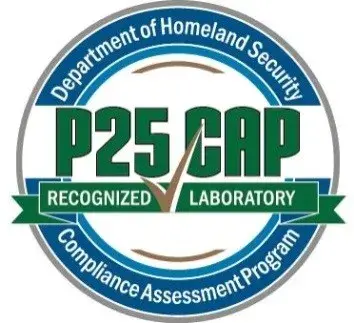
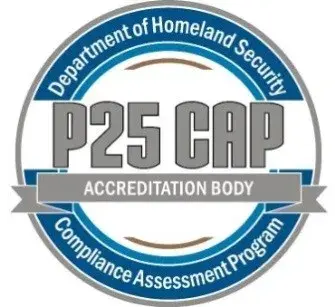
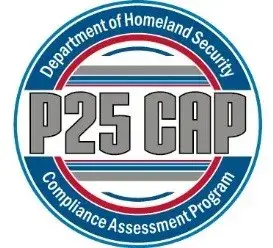 To successfully respond to both day-to-day and large-scale incidents, first responders must be able to communicate regardless of equipment make or model. Today, this can be challenging because communications equipment manufacturers often use different technical approaches that leave their products incompatible. P25 is a suite of standards which enable interoperability among digital two-way Land Mobile Radio (LMR) communications products. P25 CAP is a formal, independent process, created by DHS and operated in collaboration with the National Institute of Standards and Technology, for ensuring advertised P25 communications equipment is P25 compliant through a well-defined testing process with publicly published results. P25 CAP provides public safety agencies with evidence that the communications equipment they purchase is tested against and complies with the P25 standards for performance, conformance and interoperability.
To successfully respond to both day-to-day and large-scale incidents, first responders must be able to communicate regardless of equipment make or model. Today, this can be challenging because communications equipment manufacturers often use different technical approaches that leave their products incompatible. P25 is a suite of standards which enable interoperability among digital two-way Land Mobile Radio (LMR) communications products. P25 CAP is a formal, independent process, created by DHS and operated in collaboration with the National Institute of Standards and Technology, for ensuring advertised P25 communications equipment is P25 compliant through a well-defined testing process with publicly published results. P25 CAP provides public safety agencies with evidence that the communications equipment they purchase is tested against and complies with the P25 standards for performance, conformance and interoperability.
In late fall 2015, the P25 CAP Advisory Panel (AP) membership was determined following a rigorous solicitation process for nominees via two Federal Register Notices. The P25 CAP AP will provide S&T OIC with active local, state, tribal, territorial and federal government officials’ perspectives on portable, handheld, mobile vehicle-mounted radios and infrastructure equipment. Through the P25 CAP AP, S&T OIC can support the collective interest of organizations that procure P25-compliant equipment.
Duties of the P25 CAP AP members include providing recommendations regarding actions OIC could take to promote the P25 CAP. Additional responsibilities include reviewing, providing comments and advising on: proposed compliance assessment bulletins, OIC updates to existing test documents, establishing new test documents for new types of P25 CAP equipment and proposed P25 user input for improving functionality through the standards-making process. The membership plans to commence its activities in early 2016.
Wireless Broadband Technology Demonstrator: Bridging Gaps and Enhancing Voice Communications for First Responders
For responders in the field, the ability to successfully communicate while on the move is absolutely vital. Land Mobile Radio (LMR) systems play a large role in assisting first responder organizations with this. 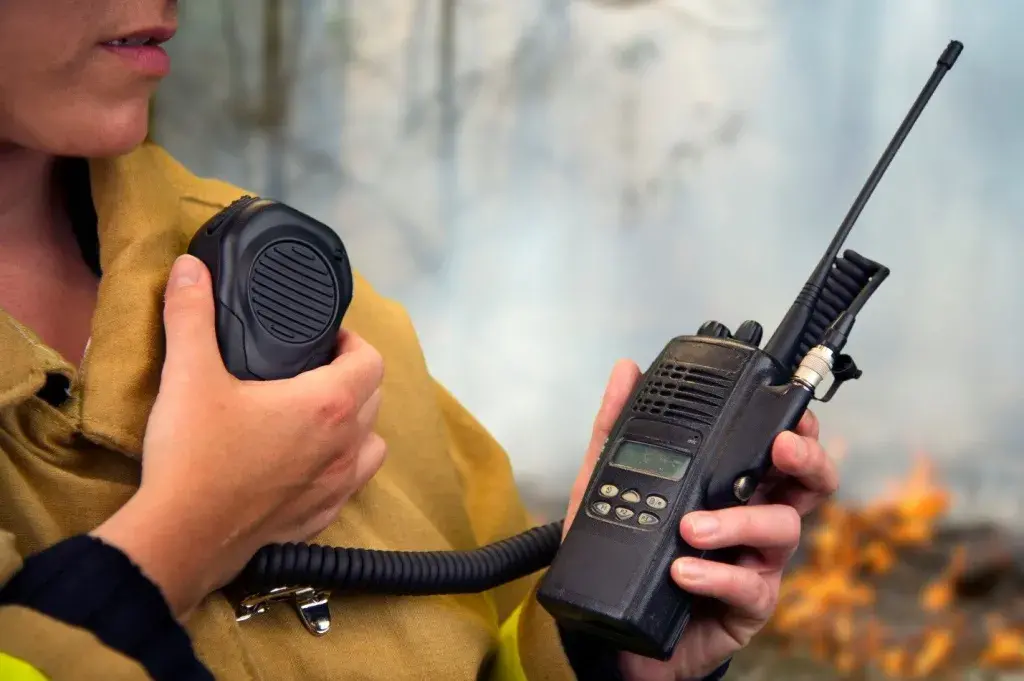 The Wireless Broadband Technology Demonstrator program helps organizations with a first responder mission identify emerging technologies that enhance the existing capabilities of current LMR systems. This effort conducts research, development, testing and evaluation of possible solutions to incorporate LMR functionality with wireless broadband and long term evolution (LTE) capabilities. S&T FRG has partnered with DHS’s U.S. Customs and Border Protection (CBP) to select commercial companies, or “performers,” that are developing these solutions. FRG and CBP then work with the Department of Commerce’s Public Safety Communications Research Program to thoroughly evaluate and test the product’s capabilities.
The Wireless Broadband Technology Demonstrator program helps organizations with a first responder mission identify emerging technologies that enhance the existing capabilities of current LMR systems. This effort conducts research, development, testing and evaluation of possible solutions to incorporate LMR functionality with wireless broadband and long term evolution (LTE) capabilities. S&T FRG has partnered with DHS’s U.S. Customs and Border Protection (CBP) to select commercial companies, or “performers,” that are developing these solutions. FRG and CBP then work with the Department of Commerce’s Public Safety Communications Research Program to thoroughly evaluate and test the product’s capabilities.
The Responder Technology Alliance (RTA) Made Huge Strides Towards Making First Responders Better Protected, Connected and Fully Aware
FRG not only supports first responders today, but also works to make their jobs safer and more effective in the future. RTA brings together first responders, industry, government agencies, research institutions, academia, the investment community and other stakeholders to focus on the most difficult technology challenges. 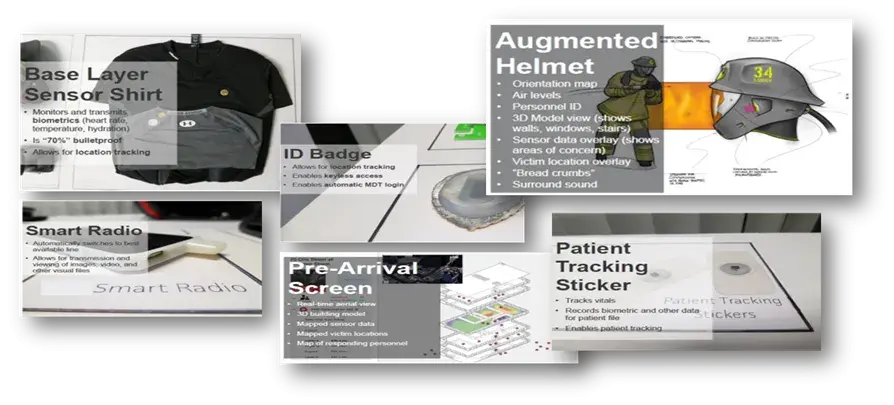 RTA surfaces innovative ideas and solutions including developing the vision for the “Responder of the Future,” Technology Scouting (researching and identifying emerging technology), working with entrepreneurs to find innovative technology and Prototyping and Operational Field Assessments critical to the responder community.
RTA surfaces innovative ideas and solutions including developing the vision for the “Responder of the Future,” Technology Scouting (researching and identifying emerging technology), working with entrepreneurs to find innovative technology and Prototyping and Operational Field Assessments critical to the responder community.
In 2015, the RTA made significant progress to make first responders better protected, connected and fully aware. Notable highlights are:
- Developed a vision for the “Responder of the Future.” The vision work includes mock prototypes for fire, police and EMS such as: protective fabrics, patient tracking, visible contaminants indicators, heads-up display, physiological monitoring devices and HAZMAT cleaning bots, patient hover boards, 3D mapping drones and patient lifting pants concepts.
- Developed integrated voice, data, video and audio communication wearable visionary concepts and prototypes.
- Established S&T’s first accelerator program, EMERGE for Wearable Technology for First Responders. EMERGE is designed to reach entrepreneurs with innovative commercial wearable technology that can be adapted for first responders. Over 150 applicants applied, with 18 early- stage companies demonstrating their prototypes to industry and accredited investors. Over half have investors and interest from strategic partners in their wearable technology.
- Successfully demonstrated the LiveWall capability. LiveWall allows communication and collaboration between separate groups using interactive video, audio, and a shared desktop and mobile solution environment.
In the coming year, the RTA will continue to build the “Responder of the Future” needed capabilities, work with industry on increasing the demand for leading edge technologies and showcase new technology for first responders.
S&T and Partners Receive Secured Cities Security Innovation Award for Datacasting Technology Pilot Exercise
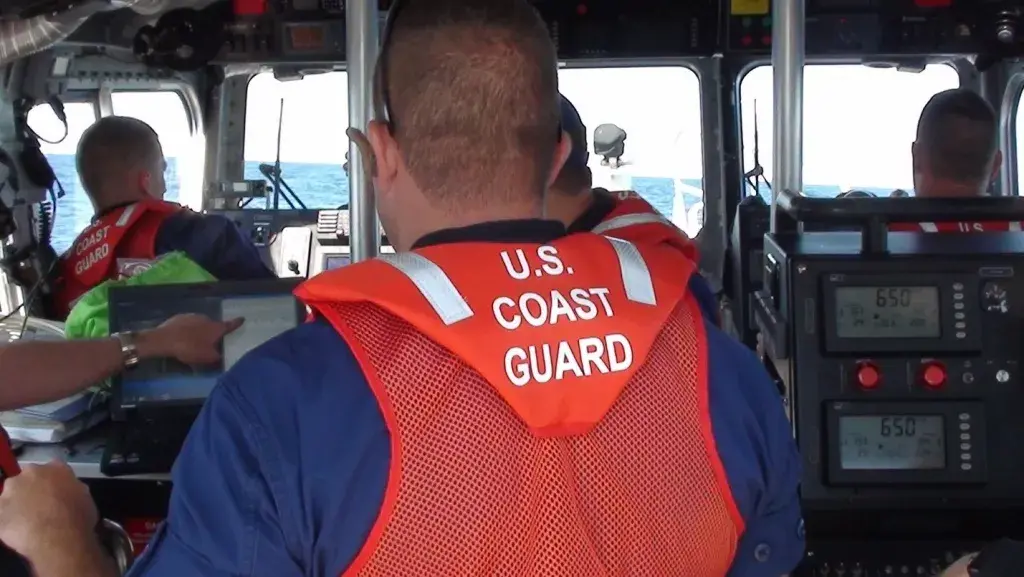 FRG and partners were honored along with top innovators in the security industry at the Secured Cities Exclusive Security Innovation Awards in November for their Datacasting Technology Pilot Exercise. Datacasting is a way to transmit encrypted live video and data over existing broadcast television signals to a targeted audience, improving data sharing and interoperability at minimal cost and effort for public safety use.
FRG and partners were honored along with top innovators in the security industry at the Secured Cities Exclusive Security Innovation Awards in November for their Datacasting Technology Pilot Exercise. Datacasting is a way to transmit encrypted live video and data over existing broadcast television signals to a targeted audience, improving data sharing and interoperability at minimal cost and effort for public safety use.
The two successful pilots were conducted in summer 2015 in Houston and Chicago. All targeted recipients successfully received all transmissions including alerts, images, files and live video streams, even in moving vehicles and eight miles out on the water on a U.S. Coast Guard boat. Participants touted the installation and operation of the system as user-friendly and indicated that they would like to keep the systems after the pilot exercises concluded. One officer even described datacasting as a potentially life-saving tool.
With the completion of these pilots, after action reports are being produced and will be released with information on the capabilities and potential limitations of the technology for public safety use. S&T is currently looking to identify other potential public safety partners and pilot locations for 2016 to test additional capabilities.
Looking Ahead to 2016
Video has become essential for public safety and emergency response, but it is important for government agencies to consider policies for handling, holding and distributing data. The Video Quality in Public Safety (VQiPS) Working Group policy subcommittee is developing a framework, currently anticipated in early 2016, for government entities looking to collect and utilize closed circuit television (CCTV) video. The framework is designed to capture issues that must be addressed in the implementation of a CCTV video program for public safety applications. It will also highlight areas of concern and accepted approaches for meeting those challenges. The framework will present users with a set of considerations for preparing written policies and will offer approaches that have been utilized in other jurisdictions to meet the challenges of privacy, liability, security, storage/archiving and private sector participation.
OIC always has been and will remain committed to directly engaging public safety in solution development and the general execution of its portfolio. In 2015, OIC developed formal partnerships with agencies to accelerate field testing efforts. In 2016, OIC will engage key agencies for additional formal agreements while continuing to build informal partnerships to ensure a user-centered design approach to all its solution development. By engaging end users directly, OIC can stay on top of their most pressing needs and capability gaps. As evidenced by the focus of OIC’s voice and data communications portfolio in 2015, the use of video for public safety is ubiquitous and shows no signs of changing. Therefore, in early 2016 many of its deliverables will focus on this area, including an update to the Digital Video Quality Handbook, which will include the latest in video advancements such as High Efficiency Video Coding, 4K, cyber security, Internet of Things and updates in video standards. A number of video over LTE technical reports will also be published.
